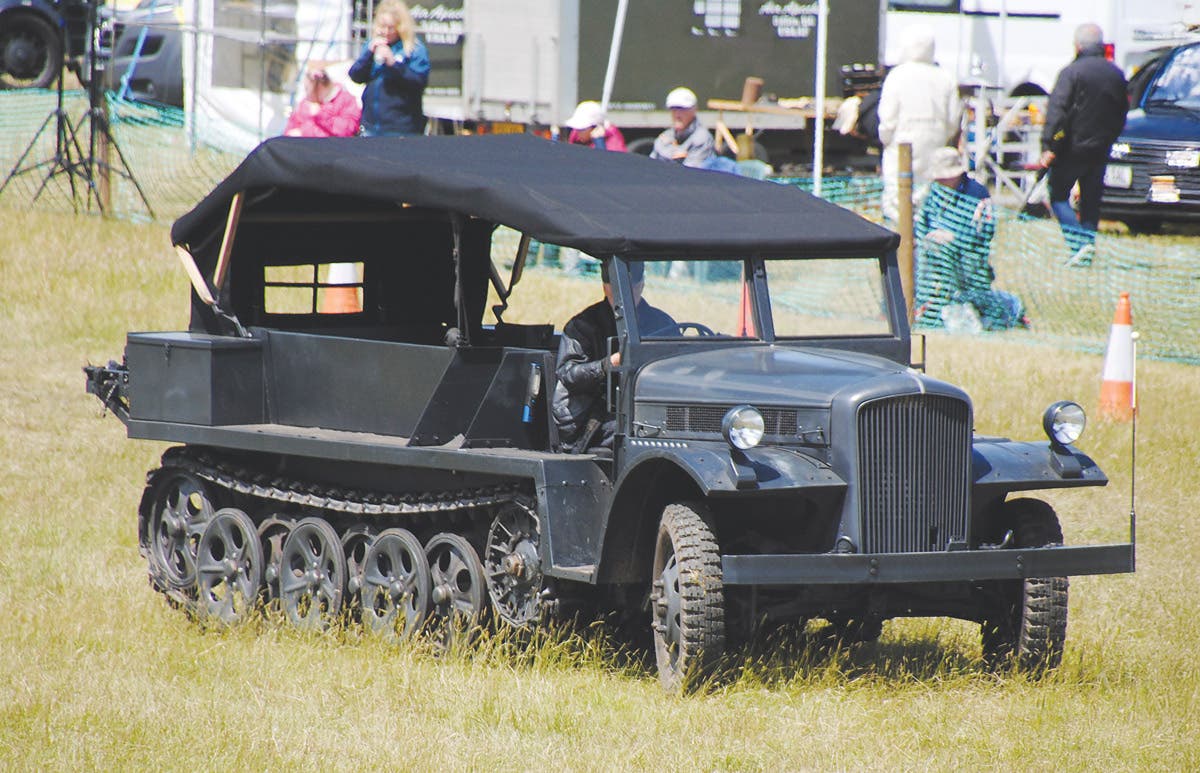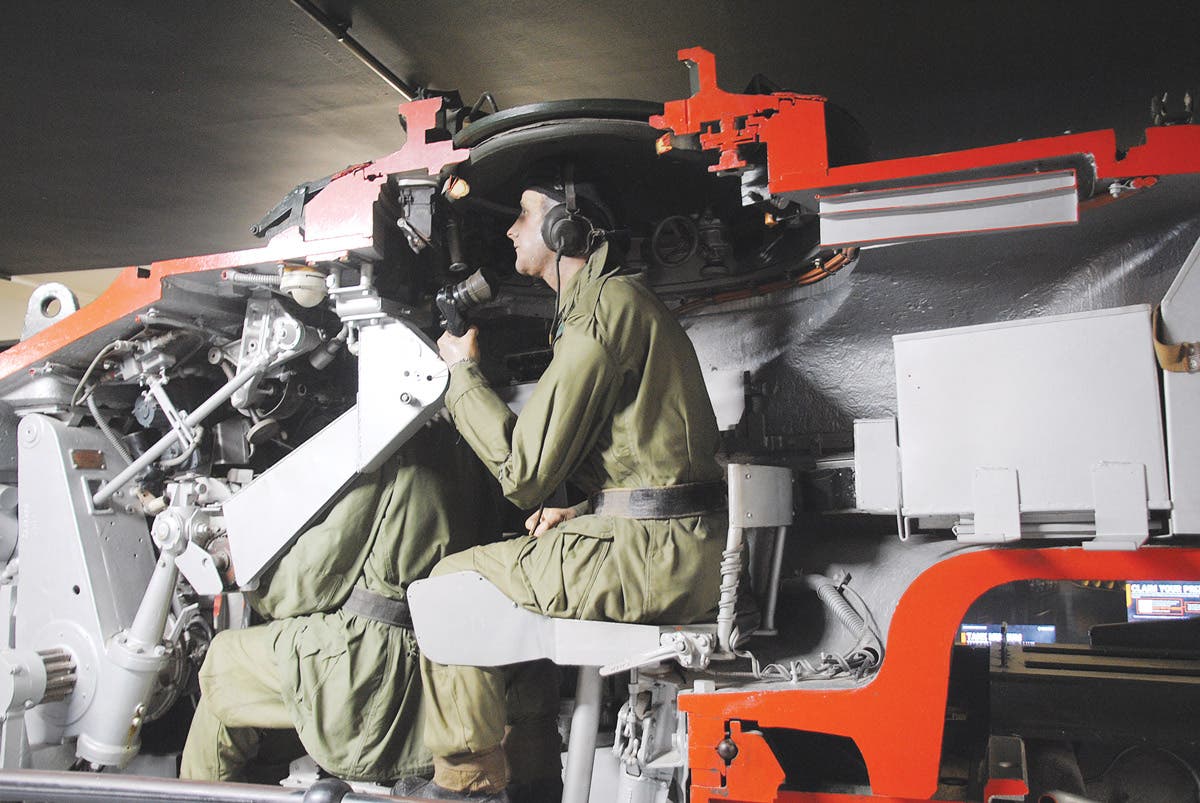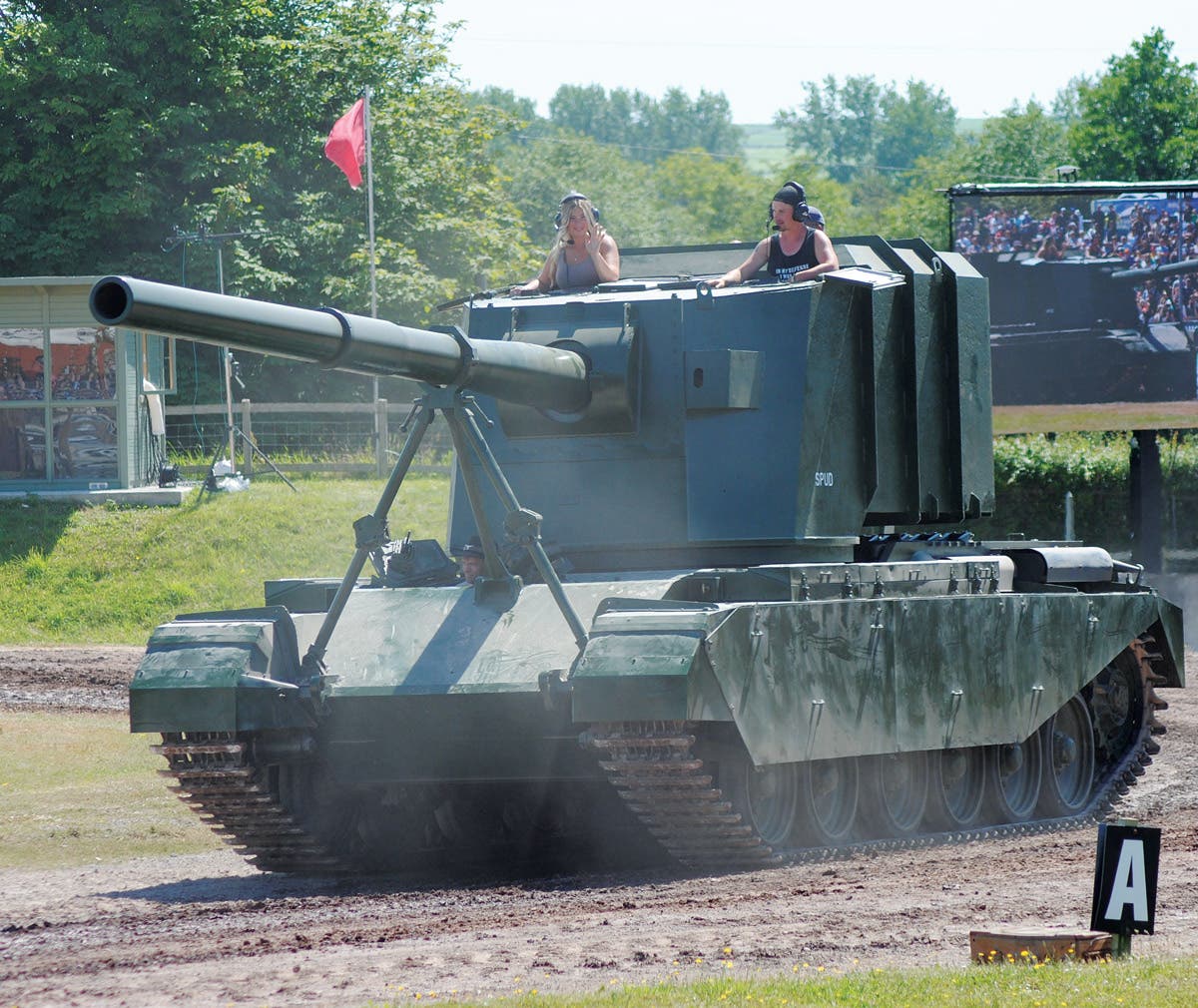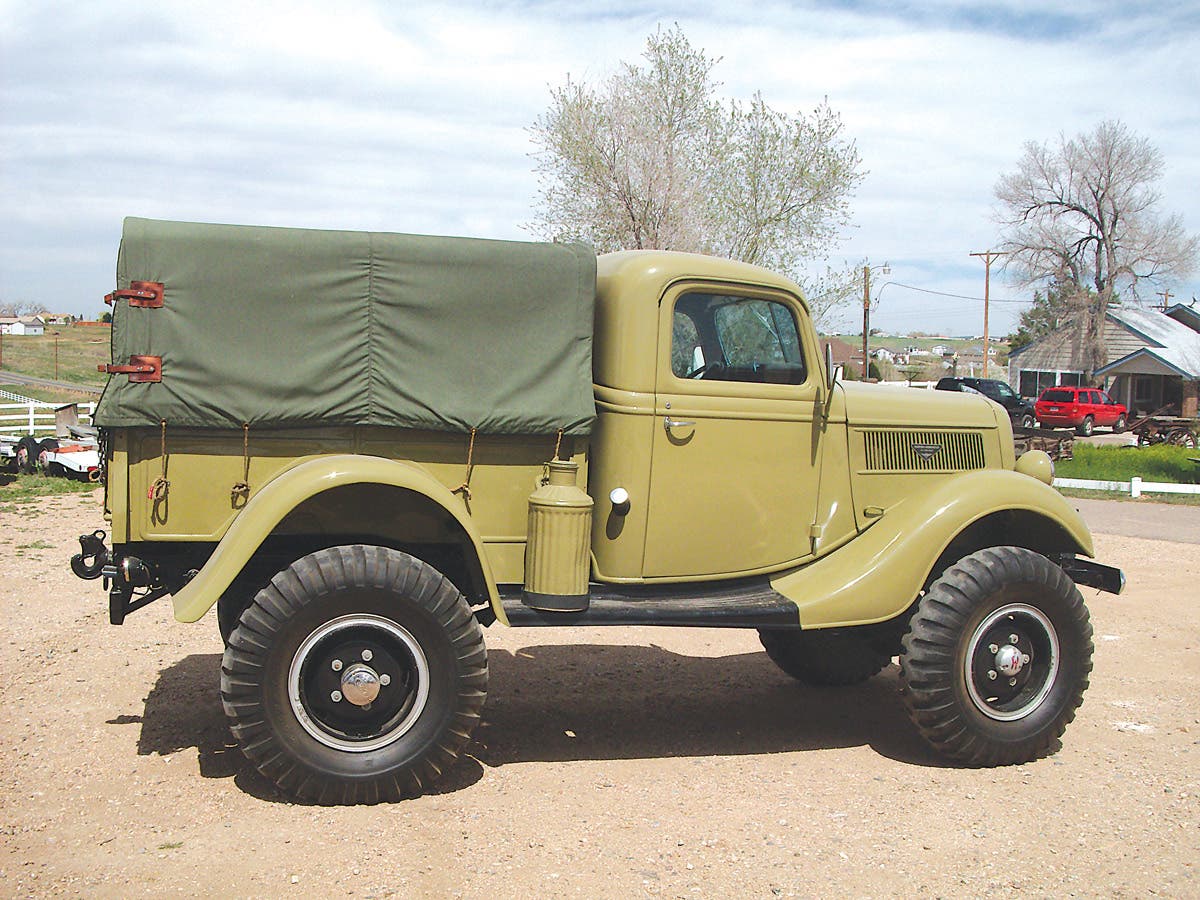A ‘whale’ of an amphibian: The LARC-LX
The LARC-LX was used to transport wheeled and tracked vehicles, including beach preparation equipment and general cargo from ship to shore or to supply points inland.
By Harold Ratzburg
So there I was, cruising west on SR 16, out of St. Augustine, Fla., when I noticed, beside the road, the biggest wheeled U.S. Army vehicle I had ever seen. It was parked as an attention-getter in front of the Military Museum of North Florida in Green Cove Springs, Fla. Believe me, it really got my attention!
Of course, being in the military vehicle hobby, anything that is OD gets my attention, but this thing had lettered on its side “U.S. Army LARC-LX 46.” And, it was big—and on wheels! My wife and I were on our way to a BBQ cook off, but I knew I would have to come back.
On a return trip to the site, I was able to really look the vehicle over and visit the museum and meet some of the volunteer veterans who were working there and kept the place in operation. The big vehicle was a LARC-LX, which stands for “Lighter, Amphibious Resupply, Cargo, 60 ton.” It also floats.
MEET THE LARC-LX
The LARC-LX was used to transport wheeled and tracked vehicles, including beach preparation equipment and general cargo from ship to shore or to supply points inland. It was also capable of transporting 40-foot shipping containers that could be landed from the LARC either by crane, straddle carriers or rollers. Because it was so big, it was the only amphibious vehicle in the U.S. Army service capable of landing on a beach through surf.
As big as it was, the LARC-LX was carried as deck cargo on a commercial vessel or heavy lift ship to where it was needed overseas. The LARC is a welded steel-hulled amphibious cargo vehicle. It could carry up to 100 tons of cargo or 200 people, but a more typical load was 60 tons of cargo or 120 people.
The vehicle was powered by four 265 hp GMC diesel engines positioned in the sides of the hull, each of which drove one wheel on land. Pairs of engines were coupled to drive each of the two 1.2 meter diameter propellers, which propelled the vehicles in the water. Its top speed was 20 mph on land or 7.5 mph when it was afloat.
The operator drove from a small cab on the port (left side—for us land-lubbers) on the rear of the vehicle. Size wise, the LARC is more than 62 feet long. Its width is more than 26 feet and its height is 19 feet.
The first LARC-type vehicle had its maiden voyage in 1952 in Washington State. The first action they saw was in 1967 when they were sent to Vietnam to support the 101st Airborne and the 1st Cav Div in 1968.
The last amphibious LARC company in the U.S. Army was deactivated in 2001, so they had a service life of 49 years. I don’t know how many LARC’s were built but to my personal knowledge, only two remain, the one in Green Cove Springs and another in the Marshall Museum in Overloon, Netherlands. Army Cars of Holland had purchased several many years ago, so those may still exist in private hands.
Earl Salmons, a retired USMC sergeant major who works at the museum, explained what happened to about 40 of the old war vehicles in Vietnam. When they were no longer needed, they were piloted out into the Pacific Ocean and sunk.
MILITARY MUSEUM OF NORTH FLORIDA’S LARC
The LARC parked by the museum has an interesting history. Curator Herb Speidelman (Lt Col, USMC Ret.) explained that the government decided that old LARC No. 46 needed a rebuild at one point in its career. The government then spent $400,000 on the rebuild before deciding to sell it off as surplus.
Along came a man from New Jersey, a casket maker of all things, who must have made a lot of money at what he was doing. The man owned an island somewhere down in the tropics and wanted a LARC to help with construction work, so he bid on it and won it. Something went wrong and he parked No. 46 about two or three miles from the museum.
It stood there for about eight years. The vets working at the museum noticed it, of course, and proceeded to nag the guy about donating it to the museum instead of letting it sit where it was and just rotting away, unseen and unappreciated. Eventually, the man gave in and made the donation.
Then came the problem of moving the OD vehicle. After sitting for more than eight years, the main diesel fuel tank was unreliable to hold clean fuel. The resourceful vets modified each of the engines—one for each wheel—so that a five-gallon fuel can could feed the diesel for running the couple of miles to the museum.
Of course, driving a 26-foot-wide vehicle down a two-lane highway uses up a lot of the available roadway, so permits had to be obtained from local traffic officials and police cars were needed for escort and traffic control. It must have been quite a sight to see it rolling along on its own. The LARC is certainly not a parade type vehicle to be privately owned.
WHEN IN NORTH FLORIDA
I have made a big deal about the nearby LARC as a big military vehicle, but I would like to emphasize that the museum by which it stands is well worth a visit. The museum has an excellent collection of other military vehicles including trucks, jeeps and trailers all parked around the outside of the large Quonset hut that is the museum’s main building. The mementos inside are gathered with the idea of “Honoring Those Who Serve.” They do the job nicely, covering all branches of service, our nation’s POWs, and most all time periods. The Volunteer Vets who have put it all together have done a great job.
One of the things that struck me when I arrived was the abundance of old U.S. Army ammo boxes for artillery shells. It seemed that every wall or divider inside and outside the building was made up of stacked ammo boxes. I asked the guys there how that came about and they told me that all the boxes were donated by Camp Blanding Joint Training Facility.
Camp Blanding was a WWII Infantry training base and has remained a training facility since. Evidently, they trained artillery troops also and had mountains of old wooden ammo boxes that they were happy to be rid of. The museum was able to haul truck load after truck load of boxes away for use in the museum.
So that’s it, folks. If you get a chance to visit Florida and want to see what I consider the biggest U.S. Army wheeled vehicle plus a fine museum, set your GPS to “1 Bunker Ave., Green Cove Springs, FL” and away you go.
From the staff of North America's no. 1 historic military vehicle source -- Military Vehicles Magazine








